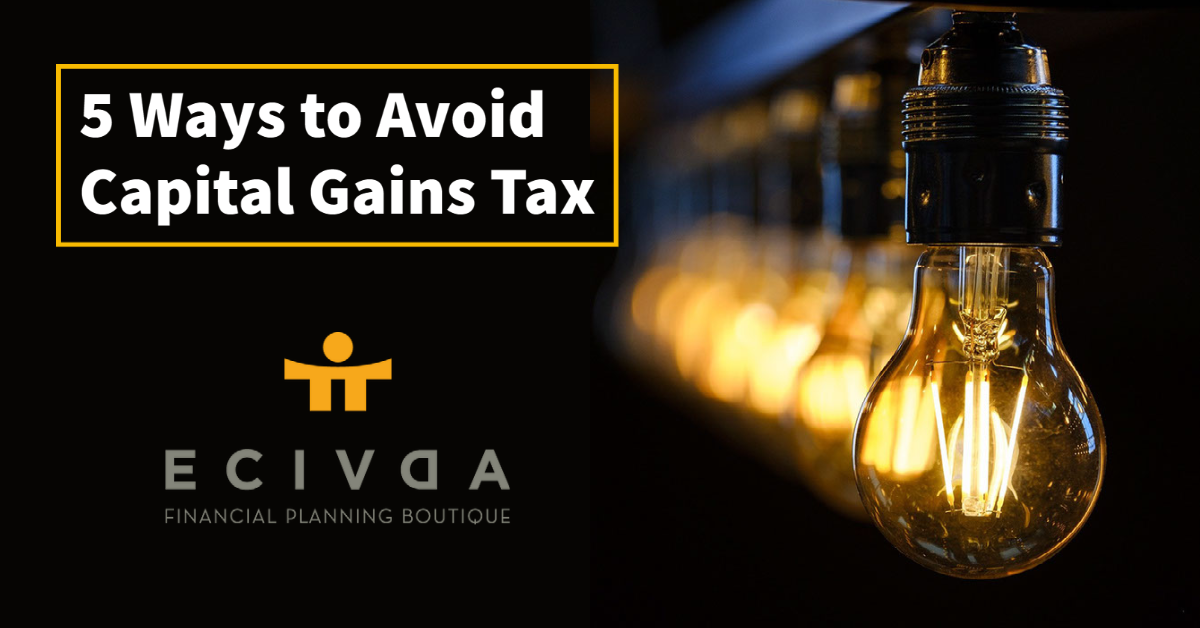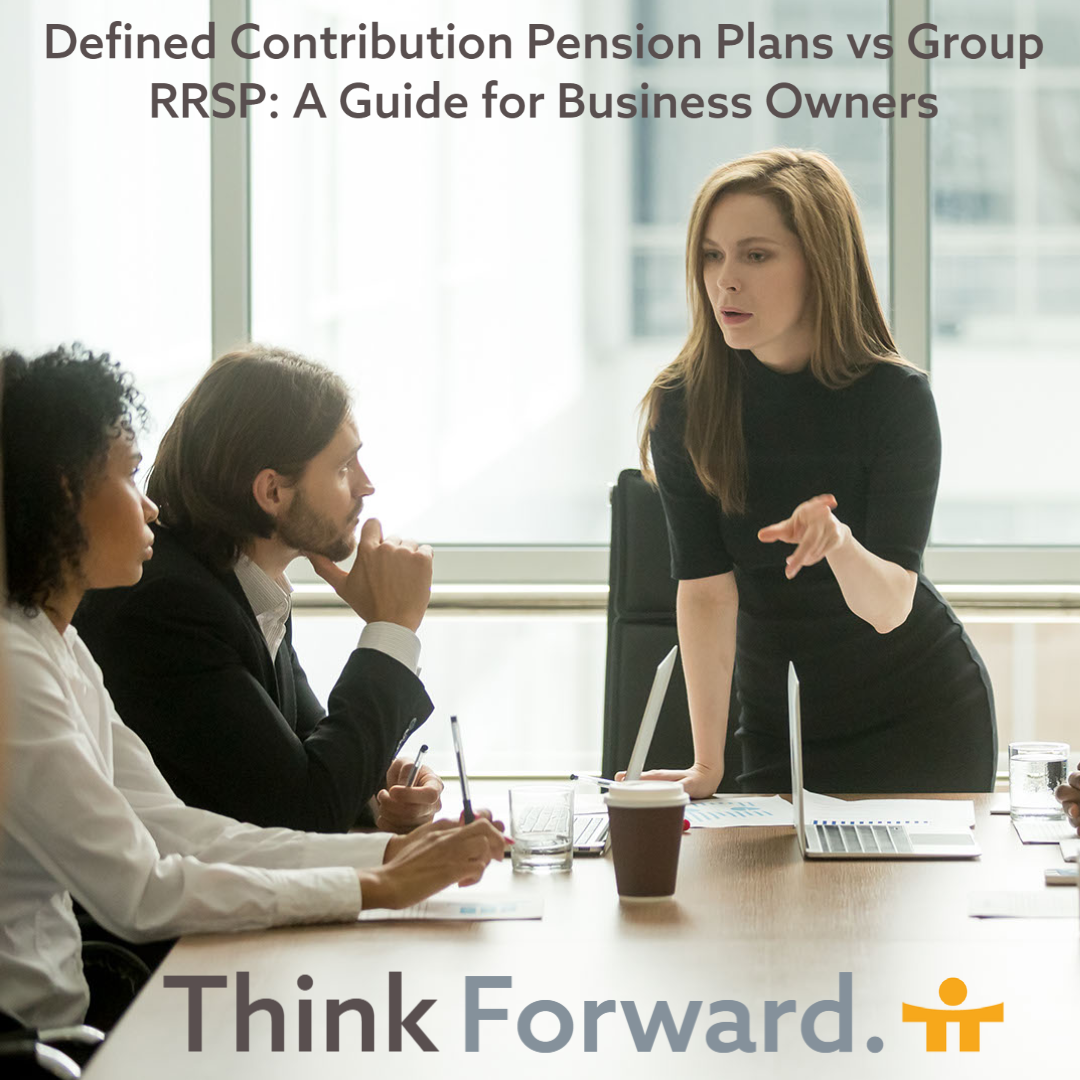What to Consider When Drawing Down Your RRSP
If you have been a good saver and contributed religiously to your RRSP, you should be rewarded with a sizeable six or seven figure RRSP that would make your retirement that much more enjoyable. The only issue now is – how do you get the money out of the RRSP without paying more tax than you should? Typically, it is advised that investors leave their RRSPs alone for as long as possible to take advantage of the tax-free growth. While this can be true for many people, it is important to crunch the numbers before you retire to make sure this makes the most sense for your unique retirement situation. Many retirees, especially those with a high net worth, may find there could be a more efficient way to withdraw retirement income.
What You Need to Know
The intended use of a RRSP is to defer taxes from the time you are in a high tax bracket until you get into a lower tax bracket, thereby saving some tax on your contributions and allowing the money to grow tax free for many years. At some point, however, you must take that money out. The government mandates that Canadians must convert their RRSP to a RRIF, or an annuity, at age 71. The government also mandates that a minimum amount be taken. The issue with waiting until you are required to convert to a RRIF and take income is that you have little flexibility as to what you can withdraw. If your RRSP is large, the mandatory withdrawal amount may push you into higher tax brackets
Let us look at an example of how this could play out. In this situation below, the retiree has waited until age 71 to start drawing down their RRSP:
Joe has a RRIF worth $600,000 and his minimum withdrawal at age 71 will be $31,680 (5.28% x $600,000 = $31,680) for the year. He receives the maximum CPP benefit of $14,445 annually and an OAS benefit of $7380. These three income sources alone will total $53,505. The lowest tax bracket for the year 2021 is $49,020. This means Joe has been pushed into a higher tax bracket! This is before the income from his rental properties, defined benefit pension plan, and income from his non-registered investments are calculated.
As you can see from the example above, waiting until the last minute to start taking an income from your registered investments can have unintended consequences. Aside from simply paying higher taxes, there are income tax implications that need to be considered as you move to higher tax brackets as well. At age 65, you gain two tax advantages: the Age Amount non-refundable credit ($7635 for 2021) and the Pension Income credit ($2000 for 2021). The Age Amounts is income-tested and it reduces by 15% of the amount your net income exceeds $38,893 for 2021. This claw back also applies to your OAS, which begins if your income exceeds $79,054. Both credits could be affected by RRIF minimums that become mandatory at age 71, therefore:
- Pushing you into a higher tax bracket
- Cause a partial or total loss of your Age Amount tax credit
- Cause a partial or total claw back of your OAS income
And since the minimum withdrawal rate gets larger as you get older, this issue will only worsen as you age.
Here are some strategies that could help you pay lower taxes on your RRSP withdrawals:
- Consider deferring your CPP and OAS. Both Canadian pensions allow you to defer until age 70 to start receiving them, and you get rewarded for the deferral by receiving higher amounts. You can then use RRSP withdrawals to fill the income gap that the CPP and OAS would have provided, so you can draw down your RRSP at a lower tax bracket.
- When you stop working, you normally fall into a lower tax bracket, so top up your income to your existing tax bracket with RRSP withdrawals.
- Start a RRIF at age 65 to take advantage of $2,000 pension income credit. No matter how much income you have. This pension credit will allow you to withdraw $2,000 tax free from your RRIF, if you do not have any other pension income. So, fund the RRIF with your RRSP money to take $2,000 out tax-free each year.
- If your spouse’s RRSP value does not equal yours, you can start to equalize the amounts by withdrawing from yours to put into a spousal RRSP, if you have contribution room. The tax on your withdrawal is eliminated by your equivalent contribution into the spousal RRSP.
The Bottom Line
Always take to a financial advisor before starting RRIF payments. There is no one-size-fits-all when it comes to planning for retirement income. Everyone must consider their own financial situation when deciding how and when to start taking an income from your RRSP. Some things to talk to your advisor about: a) the amount of your minimum RRIF withdrawals at 71 b) how secondary income (rental income, side business etc.) will affect your tax bracket c) the best time for you to start OAS and CPP. It is important to ensure all your income sources are working as tax efficiently as possible so that you can get the most out of your hard-earned retirement savings!
Book an Appointment with us to discuss your RRSP – click HERE
















